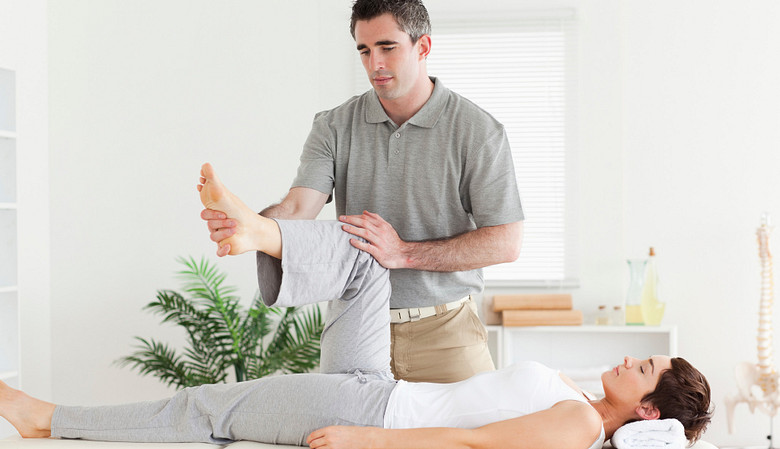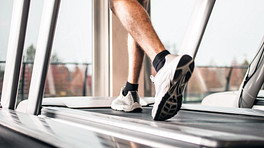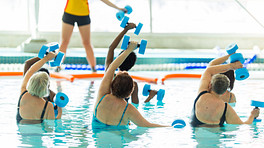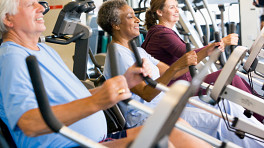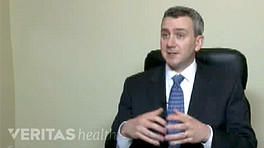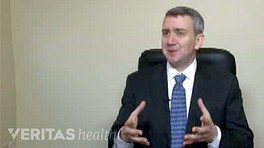If you’ve been diagnosed osteoarthritis in your knee, hip, shoulder, or other joint, you probably want to know how to relieve your joint pain and slow down the disease’s progression. Physical therapy can help you do both.
Physical therapy can help to alleviate pain, stiffness, soreness and other symptoms of osteoarthritis. See Osteoarthritis Symptoms and Signs
To achieve these goals, a physical therapist may employ a combination of strategies. A skilled physical therapist can teach you how to do the following:
Maintain or Increase Joint Range of Motion
Osteoarthritis can make a joint stiff. Physical therapy can improve your ability to bend and straighten a joint. Even incremental improvements in a joint’s range of motion can make a significant difference in joint function. For example, getting an arthritic knee to bend just 10 more may allow you to comfortably get in and out of low chairs.
Strengthen the Muscles that Support an Arthritic Joint
When osteoarthritis causes protective cartilage to wear away in a joint, there can be painful friction between the joint’s bones. You can decrease this friction by strengthening the surrounding muscles that support the joint. A skilled physical therapist can identify areas of impairments and teach you how to address these impairments with functional strengthening to help you improve strength and stability in your joints.
See Strength Training Can Crush Arthritis Pain
Improve Balance
Individuals with osteoarthritis often have impaired balance resulting from muscle weakness, decreased joint function, decreased mobility, and other factors. In addition to functional strengthening (mentioned above), skilled physical therapists may also incorporate balance components into your treatment plan that include changes in terrain/surface, walking distances, and elevation to simulate daily functional tasks in effort to improve balance and reduce your risk of falling.
See Walking: The Best Way to Start Getting Active with Arthritis
Adjust Posture
Good posture can take stress off arthritic joints. Your physical therapist can educate you about ways to adjust your posture and put less stress on joints as you sit, stand, and walk. This may include suggestions to modify your environment at home and work, and even in your car.
Simple changes, such as adjusting the position of your car seat, can put less stress on your arthritic joint(s) to make your daily routine easier.
Use Assistive Devices
Walkers, canes, crutches, splints, and shoe inserts may be recommended to help take pressure off certain arthritic joints depending on the severity of the condition.
Knowing when and how to use these assistive devices can help decrease risk for injury and/or further impairment. For example, a cane may not be needed around the house, but might be helpful when walking longer distances or doing errands. A skilled physical therapist can teach you how to properly fit and use certain assistive devices while also fostering an environment for you to work toward your functional independence.
While it is impossible to turn back the hands of time to eliminate the effects of osteoarthritis/degeneration, physical therapy is proven to be able to help individuals decrease their symptoms of pain and stiffness associated with osteoarthritis. In addition, physical therapy helps to slow down the degenerative process by improving the strength and stability in muscles that surround a given joint, thereby decreasing the wear and tear to your joints from activities of daily living.
Watch Video: Should I Exercise Through Joint Pain?
Physical therapy appointments are typically scheduled 1 to 3 times a week and for a few weeks or longer. After that, individuals can maintain their physical therapy programs on their own at home.
